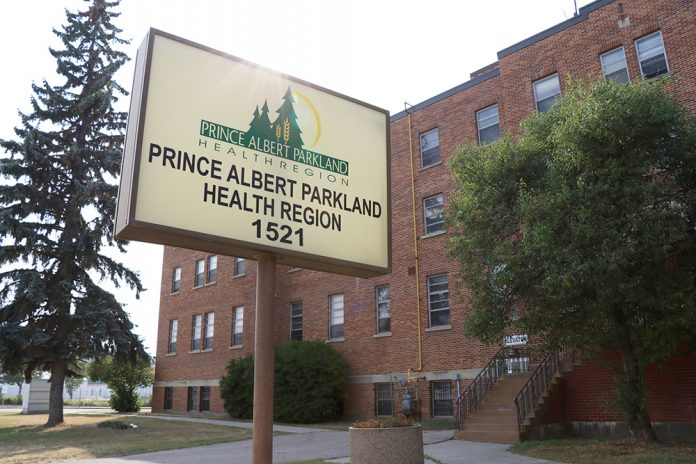Saskatchewan’s provincial auditor is calling for improvements to mental health and addictions services in a report on the former Prince Albert Parkland Health Region (PAPHR).
On Thursday, auditor Judy Ferguson released findings from her investigation as part of the first volume of the 2018 report. The report focused on wait times, record keeping, client communication and the ability to meet overall demand for mental health and addictions services.
Ferguson found that in 2016-17, the PAPHR struggled to keep up with demand for services, especially in addictions where crowded detox services forced the health region to turn many clients away. She also wrote that the organization’s client medical file system, which was being overhauled from a paper system to an electronic one, was leading to multiple files for the same client.
“Not having a single file can impede treatment for clients and create inefficiencies in the provision of care,” she wrote.
Ferguson also warned that the PAPHR did not have access to information about mental health and addictions services provided by other publicly funded healthcare providers, which could lead to treatment decisions being made without complete information.
She also criticized the former health region for not following up on mental health and addictions clients who missed scheduled appointments.
“Assessing options (e.g., calling clients to remind them of appointments, determining reasons for ‘no shows’) is needed to decrease the number of clients missing appointments,” Ferguson wrote. “Following up with clients who do not show up could prevent future hospital visits and reduce the overall costs to the client and the healthcare system.”
Brett Enns, the PAPHR’s former vice president of community and primary care, and current executive director of primary care with the Saskatchewan Health Authority (SHA), said they’re reviewing the report and looking at a few changes. Enns said the SHA’s new Mental Health and Addiction Information System will eliminate some of the inefficiencies created by the old record keeping system. He also said they’re looking to increase communication with community partners to help deal with the high demand, especially for detox services.
The SHA currently operates six brief detox beds, where clients stay an average of six to eight hours, as well as eight social detox beds, where clients stay for multiple days.
“Demand is large. There’s no question about that,” he said. “I think that demand quite likely will always exceed capacity. I think what we try and do is ensure that clients are safe at all times, that they have a place to stay, regardless of whether they’re being turned away or not.”
However, Enns took issue with other aspects of the report, specifically concerns about not following up with clients who skipped appointments. He said some programs have no-show rates as high as 39 per cent. Typically, the health region employs a “three attempt process” with clients who show up for treatment. That involves making two phone calls, followed by a letter asking them if they want to continue treatment. All three steps must be done in one month. However, he added, in many cases it was simply impossible to get in touch with clients when they disappeared.
“The phone numbers and the addresses that are provided are not maybe the most current for the client,” he explained. “Sometimes finding clients can be a bit challenging.”
Enns said recent increases in federal and provincial funding will go a long way to helping correct some of these issues. He called it a “great start to where we want to go,” but added there was a need for “a total health approach” that involved more than just the health region. Other agencies, like schools, housing authorities and the Ministry of Social Services all have a role to play.
In 2016-17, the PAPHR spent $13.2 million on mental health and addictions programming. That worked out to the second highest amount of per capita funding among the province’s health regions.
Enns said he’s confident that money was spent as efficiently as possible.
“The demands of those types of services are high and so we have a lot invested within the old Prince Albert Parkland Health Region,” he said. “However, the needs are great and we are a hub service for our northern communities and partners, so there is a lot of flow that comes through for mental health and addictions.”


